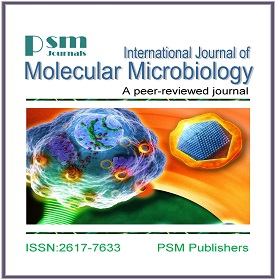Plant Defenses vs Pathogen Weapons: A Continuation of Battlefield: A Mini-review
Keywords:
Symbiotic or parasitic interaction, pathogens, biochemical defense.Abstract
Plants and their pathogen co-evolved simultaneously and therefore survive either through symbiotic or parasitic interaction. With the human civilization and increasing population, food security and food safety are of major concern. For achieving that, plants are being modified to attain maximum yield and minimum loss. Therefore, in reaction pest and pathogens also mutate themselves to evolve new tools and weapons for feeding and infection. In this race, plants have to defend for attaining yield and reproduction. Plants are blessed with many structure which minimize entry of pathogens specially cell wall, spines and thorns. Furthermore, biochemical defense in plants is highly sophisticated with many antimicrobial compounds, which trigger whole plant system to defend. Many genes incorporated in crop plants also lead to enhance biochemical defense through elicitors- receptors interaction. On the other hand, pathogens utilized toxins, enzymes, growth regulators and polysaccharides to suppress the host defense system and breakdown the resistance barriers. So its continuous race between host and pathogen but through details study and understanding of such interaction, better management strategies can be deployed.




